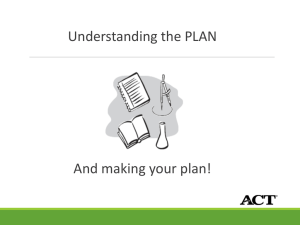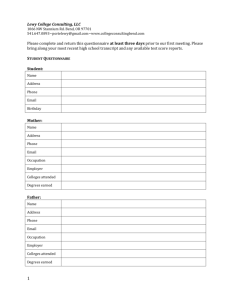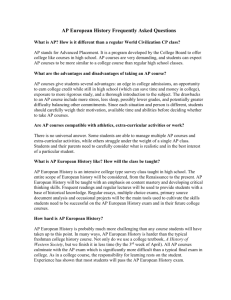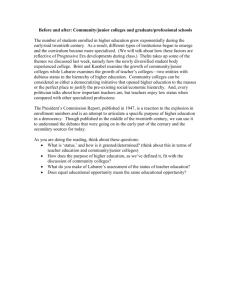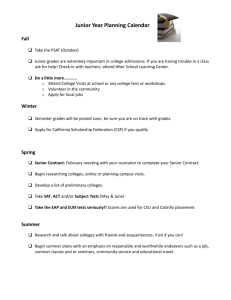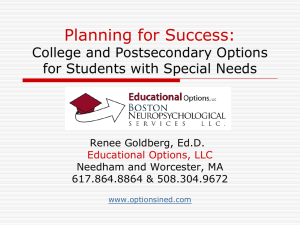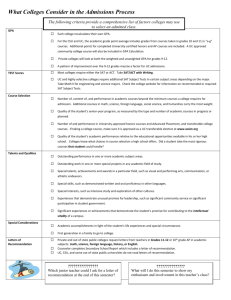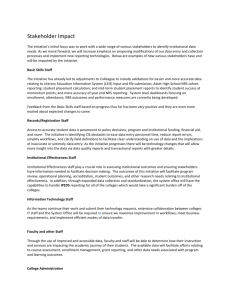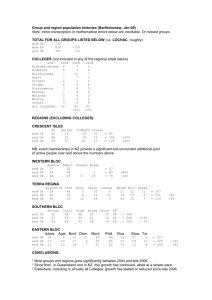Finding your Academic Fit
advertisement
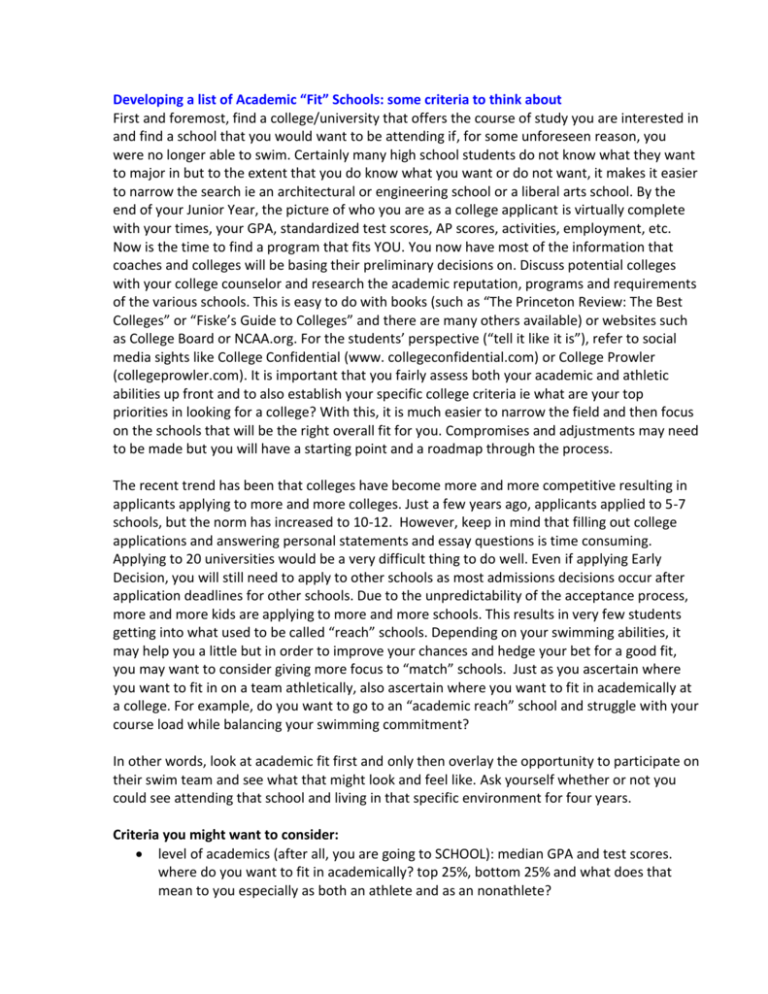
Developing a list of Academic “Fit” Schools: some criteria to think about First and foremost, find a college/university that offers the course of study you are interested in and find a school that you would want to be attending if, for some unforeseen reason, you were no longer able to swim. Certainly many high school students do not know what they want to major in but to the extent that you do know what you want or do not want, it makes it easier to narrow the search ie an architectural or engineering school or a liberal arts school. By the end of your Junior Year, the picture of who you are as a college applicant is virtually complete with your times, your GPA, standardized test scores, AP scores, activities, employment, etc. Now is the time to find a program that fits YOU. You now have most of the information that coaches and colleges will be basing their preliminary decisions on. Discuss potential colleges with your college counselor and research the academic reputation, programs and requirements of the various schools. This is easy to do with books (such as “The Princeton Review: The Best Colleges” or “Fiske’s Guide to Colleges” and there are many others available) or websites such as College Board or NCAA.org. For the students’ perspective (“tell it like it is”), refer to social media sights like College Confidential (www. collegeconfidential.com) or College Prowler (collegeprowler.com). It is important that you fairly assess both your academic and athletic abilities up front and to also establish your specific college criteria ie what are your top priorities in looking for a college? With this, it is much easier to narrow the field and then focus on the schools that will be the right overall fit for you. Compromises and adjustments may need to be made but you will have a starting point and a roadmap through the process. The recent trend has been that colleges have become more and more competitive resulting in applicants applying to more and more colleges. Just a few years ago, applicants applied to 5-7 schools, but the norm has increased to 10-12. However, keep in mind that filling out college applications and answering personal statements and essay questions is time consuming. Applying to 20 universities would be a very difficult thing to do well. Even if applying Early Decision, you will still need to apply to other schools as most admissions decisions occur after application deadlines for other schools. Due to the unpredictability of the acceptance process, more and more kids are applying to more and more schools. This results in very few students getting into what used to be called “reach” schools. Depending on your swimming abilities, it may help you a little but in order to improve your chances and hedge your bet for a good fit, you may want to consider giving more focus to “match” schools. Just as you ascertain where you want to fit in on a team athletically, also ascertain where you want to fit in academically at a college. For example, do you want to go to an “academic reach” school and struggle with your course load while balancing your swimming commitment? In other words, look at academic fit first and only then overlay the opportunity to participate on their swim team and see what that might look and feel like. Ask yourself whether or not you could see attending that school and living in that specific environment for four years. Criteria you might want to consider: level of academics (after all, you are going to SCHOOL): median GPA and test scores. where do you want to fit in academically? top 25%, bottom 25% and what does that mean to you especially as both an athlete and as an nonathlete? academic reputation ability to get desired classes and the ability to graduate in four years Div 1, 2 or 3 (spectators perspective) size of the school: small, medium or large (smaller, same or larger than your high school?) size of the classes are classes taught by professors or by graduate students/teachers assistants? location: rural/suburban/urban proximity to airports or modes of transportation and time/cost required to travel home the feel and look of the school – how do you like it and the student body? community support ie proximity to stores, restaurants and support services weather majors offered acceptance rates liberal arts school vs research institution vs Ivy etc. housing availability and extent housing is guaranteed. what are the dorms like? social life and reputation presence or not of a Greek system (if interested and if allowed by the coach) ability to study abroad ability to do internships while in school strength of the alumni network for job contacts post graduation affordability and philosophy re: scholarship/financial aid (grants vs loans) school and team culture types of students that you see on campus. are they happy? would you fit in? balance of social and academic school philosophy what else is there to do nearby campus? what kind of academic support is available. what is the cost? what do the students do for fun? what are the school traditions and is there school spirit? is there an academic advisory system or academic counseling available? could you live there for four years?
